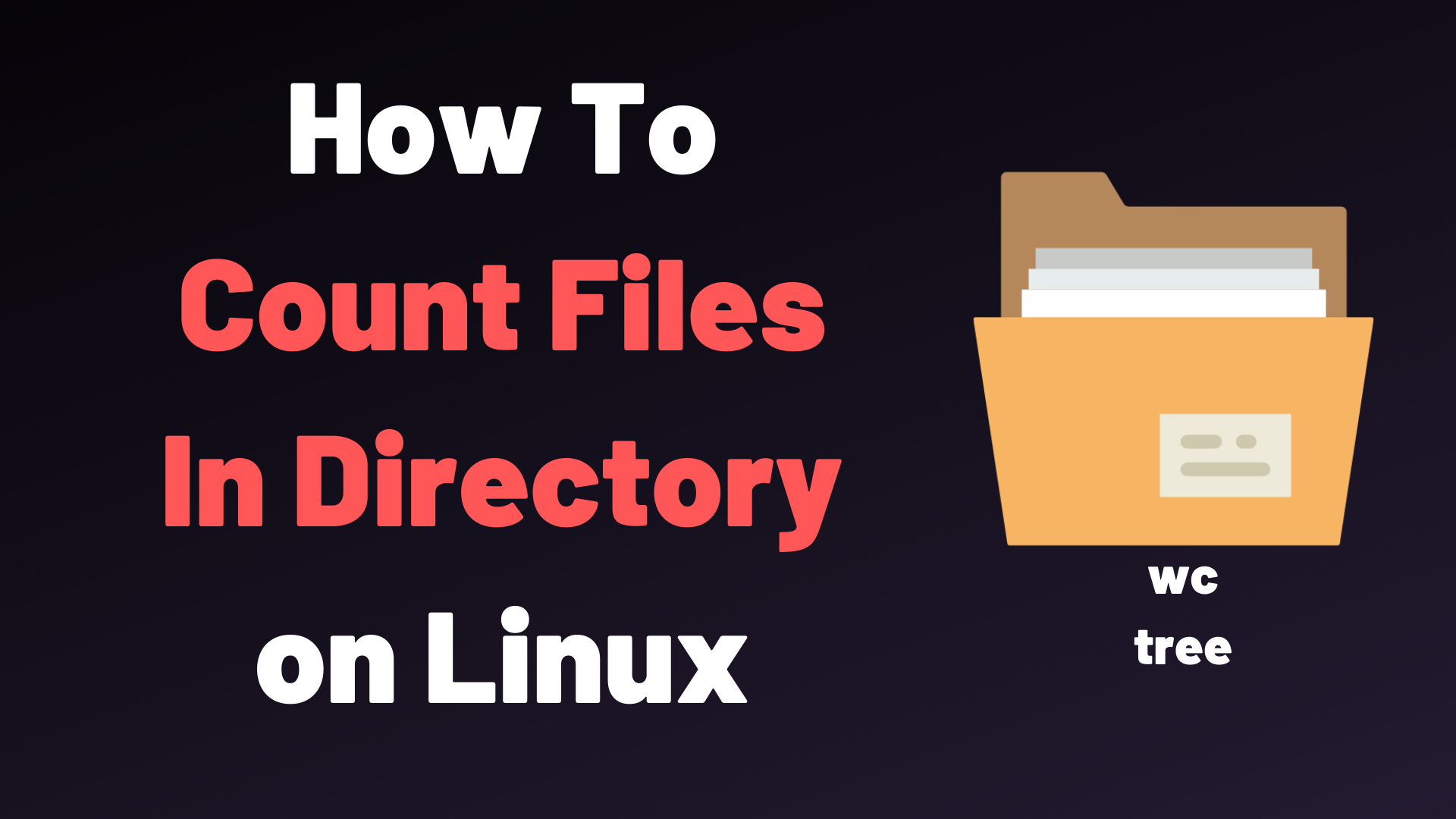

As you probably well know, it is one thing to set goals and a. We decided to provide a report card on how each of us did working through the list of potential reads. Last year I set some book goals, and so did my co-host. Nerd Journey # 161 - Booking the Time to Read in 2022 Best Practices & General IT.For anybody skipping the thread above, I had to do this because I can't run the script directly through PRTG - it takes upwards of 45 minutes to run, and the max timeout for a PRTG sensor is 15 minutes.
#Shell script check zero byte file code
The outputs are 1) an email alerting us to any 0-byte files found, and 2) a PRTG status code written to a text file. I've tried to document that pretty well, so it should be clear what it's doing. If any files are 0 bytes, it adds the filename to the $ZeroList variable $ZeroList = Invoke-Expression -Command "Robocopy $SharePath NULL /XD Snapshot /L /S /NJH /NJS /BYTES /FP /NC /NDL /XJ /TS /R:0 /W:0" | ForEach # References: # $StartTime = Get-Date $SharePath = "\\ExabloxXXX\Piction5" $Count = 0 $EmailRecipient = $EmailSender = $MailServer = "" $MailServerPort = 25 $PRTGResultFile = "c:\temp\PRTG_Exablox0ByteFileMonitorResult.txt" # This variable declaration actually runs a robocopy command that gets a recursive file listing, excluding the Snapshot folder if it iexists, # and then parses the results. Powershell # Script by Brian Long 11/2016 # Scans a network share for 0-byte files - records a number for PRTG monitoring, and sends an email notification.
#Shell script check zero byte file how to
I don't think I'll have a problem with either of those - my question lies in the PowerShell script itself, and how to make it as efficient as possible.

Supposedly Exablox has fixed this resource issue with the latest firmware that was installed this past weekend, but I want to proactively scan the system each night for any 0-byte files. The DAM doesn't recognize that the files didn't load properly, but on the back end we can see those 0-byte files. On at least three occasions now there have been issues where the appliances run out of resources (memory leak), and data that is loaded overnight ends up corrupted (0-byte files). If the directory doesn’t exist we simply return that the directory that doesn’t exist using the echo command.We use a storage solution called Exablox for our digital asset management (DAM) system.echo is used to display things on the screen. After that, we are displaying that the files have been successfully deleted using the echo command.

We do the same until there is no file with zero sizes. file with zero-sized), using -delete argument we will delete that particular file from that directory.


 0 kommentar(er)
0 kommentar(er)
